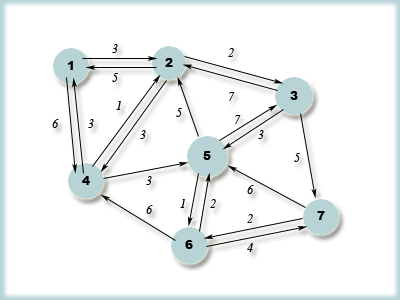|
|
 |
Read Chapter 9 and Chapter 12 as well as Lesson 9a.. Then complete this homework assignment.Work to understand all problems even though all problems may not be assigned. 1. Describe the parts of the local loop in detail. 2. What are the three main features of the telephone system and what are they responsible for? 3. What advantages and disadvantages does a circuit switched network have? 4. How might delay and especially variable delay be bad for an international telephone call? 5. Describe three messages/signals you might get when your telephone call cannot be completed. 6. You are a traffic engineer. You are redesigning a trunk group that currently supports 96 simultaneous calls. the trunk group is now reaching maximum capacity and future resources have to be added. a) If the demand for resources is growing 10% per year and you wish to install cable plant that will provide adequate support for the next 15 years, how many trunks would you need to add to the current trunk group? b) How many T1 lines would you add to make sure you could support the expected demand above (round up)? c) How many trunks would be needed if growth was 35% per year? 7. What are some shortcomings of a circuit switched network when sending data across it? 8. What advantages does packet switching have over circuit switching? 9. Define the following terms:
10. What are seven goals of routing? 11. What metrics might be used to determine the least-cost route between two end points? 12. Look at the figure below and answer the questions that follow it
13. What error and flow control methods are used by X.25 14. Sketch an X.25 packet header and describe the fields. 15. Compare the features of the Bellman-Ford algorithm and Dijkstra's algorithm. |
| [INF 680 Syllabus] [How to Start] [Schedule] |
Used with permission of the Author; Copyright (C) Kevin A. Shaffer 1998 - 2022, all rights reserved. |
